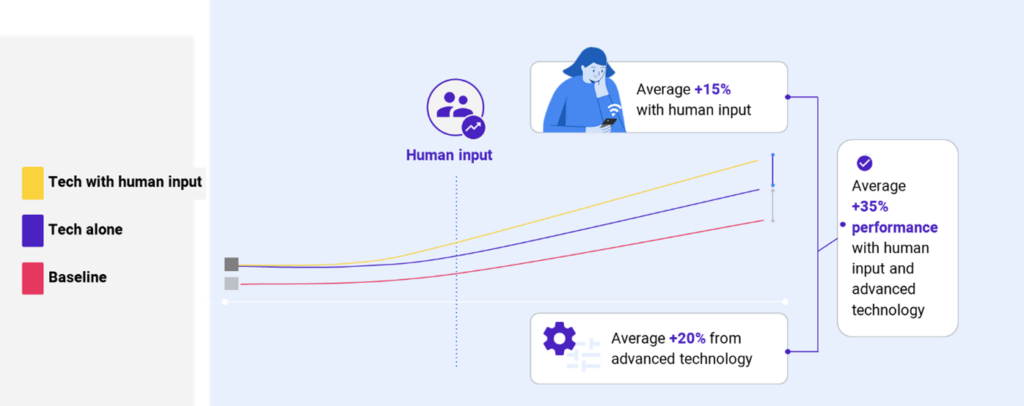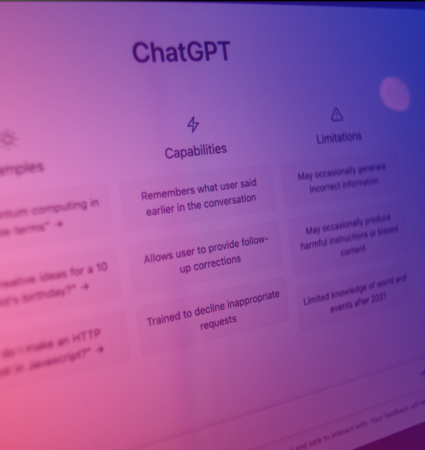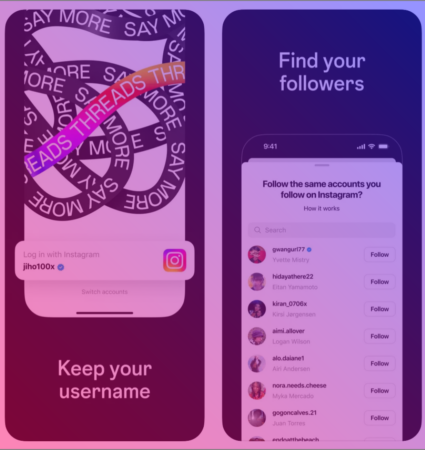Focus on the destination, not the journey: Goal-orientation can help marketers get more from Google Performance Max.
“Good morning ladies and gentlemen, this is your captain speaking….”
As we sit back, relax and get ready for take-off, we do so in the knowledge that our flight is going to be, for the most part at least, taken care of by a series of computers and systems that will do the vast majority of what is needed to get us to our destination.

The pilots? They’ll tell the system what our goal is (our destination), they’ll know the right buttons and switches to push to make that happen, they’ll point the aircraft in broadly the right direction, they’ll monitor what’s going on and, if they feel they need to, they’ll take control. But should all go to plan, the computer will be doing most of the work.
So marketers will trust the automation to get them to their next conference or family break, but when it comes to their digital media spend, it’s fair to say that there is somewhat more reticence.
Google has strongly pushed the automation and machine-learning capabilities of its Performance Max (or “Pmax”) platform since its launch in 2021, with the key benefit to advertisers being that it runs across Google’s entire advertising inventory, reducing workload and allowing brands to optimise their investment. Essentially, it allows marketers to remove the silos that often see separate budgets assigned to search, display, Gmail, YouTube, Shopping and Discovery, and instead have one platform assigning budget and purchasing inventory much more holistically to meet the campaign goals. We simply give Performance Max the objectives and goals, our feeds, our creative assets, audience signals, location data and budget, and it does the rest.
The challenge has been encouraging brands to embrace this new, automated approach.
Embracing a smarter approach to biddable media
Whilst Performance Max may be relatively recent, having rolled out broadly in 2021, it was a waypoint on a very clear direction of travel from Google when it comes to increased automation and AI within its ad platforms.
The intention is that Performance Max makes it much easier to deploy multi-channel ad campaigns by removing a lot of the individual decision making and operational processes, and instead allowing the automation to serve the right creative on the most appropriate inventory across the Google eco-system.
But it wouldn’t be unfair to say that many marketers have resisted that increased automation. Whilst corporate budgeting policies (specific budgets for specific channels) is likely to be a part of it, concerns about brand safety, where our ads may be appearing and when, and a perceived lack of control are all concerns held by many currently in charge of digital ad deployment. But that resistance to embracing could mean that marketers are increasing their operational workload, at the expense of more time to think much more strategically about how their ad campaigns provide value.
Perhaps therefore, it’s useful to consider what the right approach is when it comes to trusting automation, and how we allow Google Performance Max to do the running for us. Because this isn’t so much about letting an untrained dog run free from the leash, but rather about that flight plan we discussed earlier – where we provide the system with the important data, and it finds the optimum route and when we do that, we drive more value. Data suggests that performance of advertising campaigns can improve by more than 35% when why apply both human and technology inputs, compared with just using human inputs.

That’s the smarter approach whereby we aren’t simply allowing the automation to do what it wants to do, but rather giving ourselves the time to really think more intelligently about the campaigns we’re running. Instead of being concerned about how we retain control of performance, we can use quantitative and qualitative data signals to drive the wider strategic direction. Rather than focusing excessively on bottom-of-the-funnel conversion, we can use cross-channel inventory to think much more holistically about the wider customer journey, setting campaign goals and maximising performance with creative that is deployed across the funnel.
This works because it sits at the very heart of the core principles of optimal experience, media and content – or “EMC” – the three key pillars behind effective performance marketing.
Performance Max sits at the heart of EMC
Experience, media and content are those three pillars because they act as the interface between brands and consumers and aid flow through the customer journey. The experience we deliver to consumers as brands directly influences how they feel about brands and, as a result, their propensity to engage with and purchase from us. The content we deliver is the message we share with them, and media acts as the platform from which we share it. If even one of those three elements isn’t performing, we have sub-optimal marketing. This is why Performance Max and automation can play such an important role, because it allows us to ensure that each of those three pillars is as strong as possible.
Core to Performance Max are seven key modules that we, as marketers, can influence:
- Feeds (such as Google My Business, Google Merchant Data, etc)
- Assets
- Audiences
- In-platform optimisation
- CSS
- Content
- UX
These modules fit perfectly within that EMC framework, where the three core components work together to improve customer flow and enhance performance.

Start with the end in mind
This model and mindset encourages us to consider every step in the user journey, and how our goals align with that journey, to maximise opportunity for best performance. And with a goals-first approach to campaign setup, it allows us to include the full range of goals that ladder up to our higher-order marketing objective so you can get the most value possible out of your campaign. If our goal is to maximise the volume of revenue, the campaign setup, the assets and the deployment of those assets will be different to if our goal was maximising performance (eg, ROAS or campaign efficiency) or to maximise profit margin. For instance, maximizing revenue can usually be achieved effectively through a single campaign incorporating all products and assets with a purely revenue focused bid strategy, whereas performance and profit requires a more considered approach with multiple campaigns, considering points like asset group and product segmentation & further manual inputs through Value Based Bidding and first-hand profit margin data per product.
Where the real value from the automation comes is in how Performance Max then responds to key signals within the life of the campaign. This means that with data signals around conversion value, Performance Max can adjust to deploy creative that drives more value from the budget, focusing on touchpoints that drive better conversion rates and/or stronger average order values. With data signals around assets, Performance Max can use signals around how users are engaging with campaign assets and creative to understand and deploy the right combination of creative. Audience signals can be applied to each of our listing groups in order to give the algorithm an indication of who we want to target and, whilst Google will target beyond this pool, it provides a head start in identifying the types of customers that we believe to be interested in each of our product categories.
Conclusion
As demonstrated by the bulk of the new product announcement at this year’s Google Marketing Live presentation, the influence of AI and automation across PPC advertising is only going to increase over the coming months and years. Rather than resisting against automation and the perceived lack of control it entails, the brands that will see true success over this evolving approach to best practice will be those that embrace the change and consider how automation can augment their approach. By combining our human knowledge of our businesses, objectives and our customer base (through the use of deep data signal inputs and campaign setup), with the sheer might of Google’s real-time auto-bidding capabilities, we bring together both the manual and the automated elements of campaigns to drive optimal performance.
But it’s crucial that we don’t limit ourselves within PPC or being solely focussed on the media aspects and in-platform optimisations – planning our media activity for strong performance while neglecting how content & experience factor into our overall success is like trying to take off from the runway with two engines not firing. Expanding our focus further across the whole EMC framework to drive synergies across every arm of performance marketing is the only way we can ensure a successful flight towards our destination, and Performance Max as a campaign type has all the manual input & optimisation capabilities to be the vehicle to take us there.




